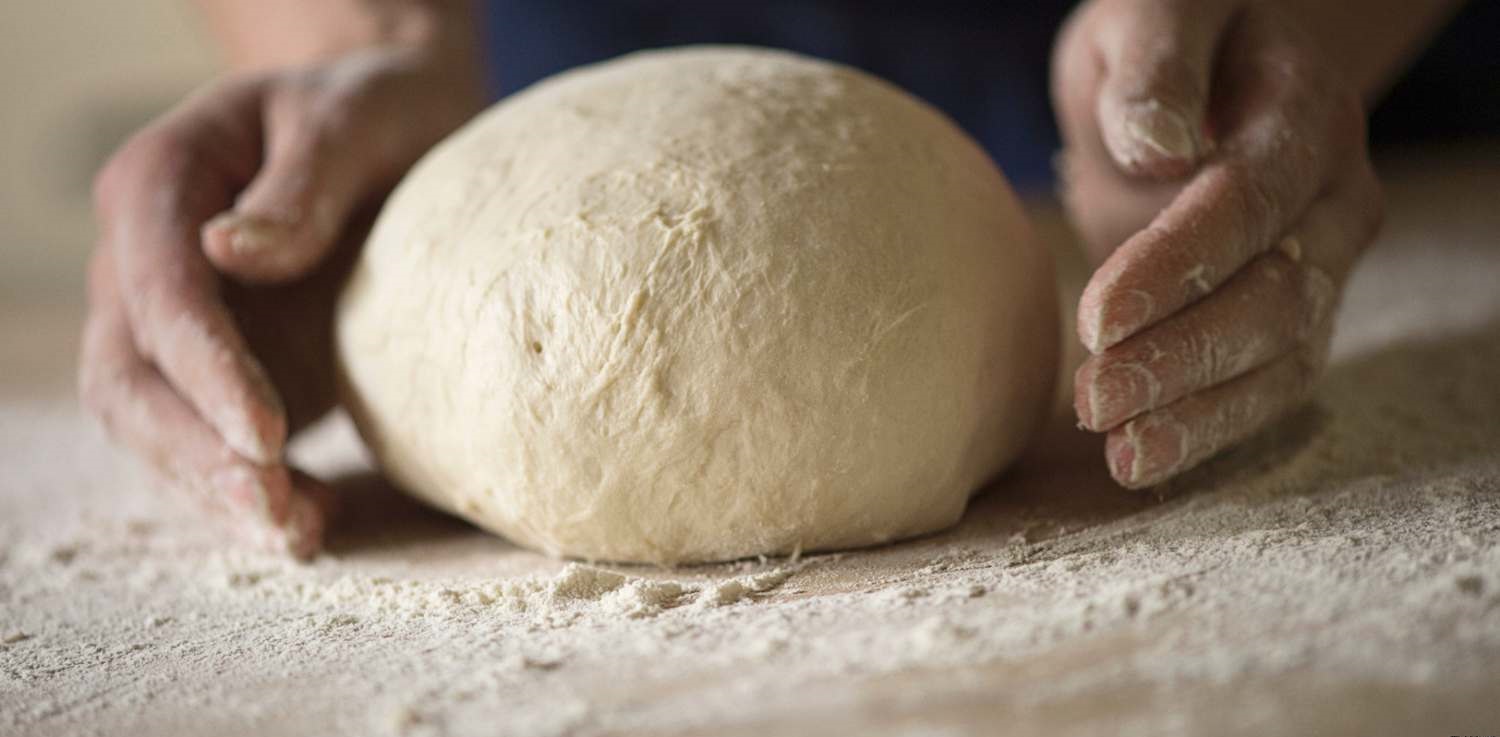In small enterprises, as well as at home, the method of churning cream is used. It requires┬Ācream with a fat content of┬Ā35-38%.
In large-scale industrial operations, the procedure revolves around transforming high-fat cream. This starts with isolating high-fat cream from milk, ensuring its fat content aligns with the targeted fat content for the finished product. Following this, the fat extraction occurs at elevated temperatures and under mechanical pressure, guaranteeing a meticulous and well-regulated manufacturing process.
The method of churning cream is more labor-intensive and less productive, yet it yields a high-quality, healthy, and flavorful product. This approach is typically applied in the production of smaller quantities of traditional butter. In larger enterprises offering a diverse variety of butter types (including those with additives and fillers), the process shifts to converting high-fat cream. This method proves less labor-intensive and more cost-effective, resulting in an affordable end product.
The main condition in the production of real butter is the use of natural cream.
For the production of spreads, along with natural cream, saturated and unsaturated vegetable fats are used. Spreads are not a substitute for butter, but a completely different product in terms of its properties - a high content of healthy vegetable fats, including Omega-3 and Omega-6, can result in significant cholesterol reduction and a relatively low caloric content.
In the spread production process, natural vegetable oil is gradually introduced into the milk cream in precise amounts, ensuring an even distribution throughout the mass. If the quantity of vegetable fats in the final product exceeds 50%, the incorporation of emulsifiers and stabilizers becomes essential.
Margarine production does not involve the use of natural cream; instead, it relies on a foundation of vegetable fats. To enhance taste and aroma, natural or fermented milk, along with flavors, vitamins, food colors, emulsifiers, salt, sugar, antioxidants, and preservatives, are carefully blended into the formulation.
















